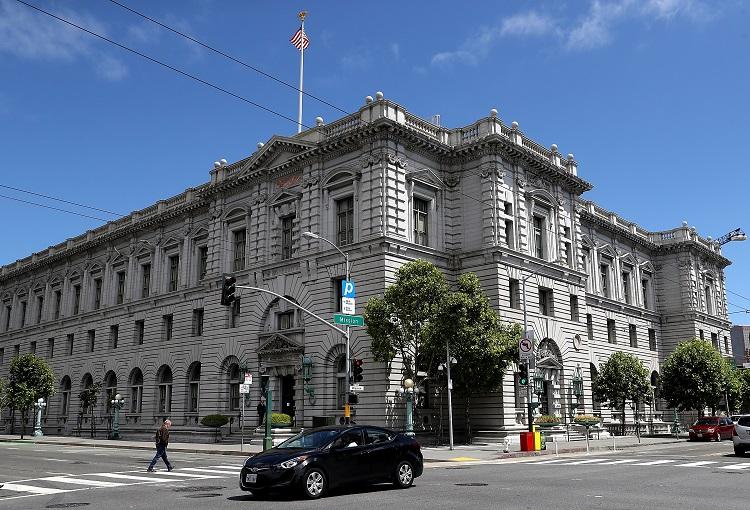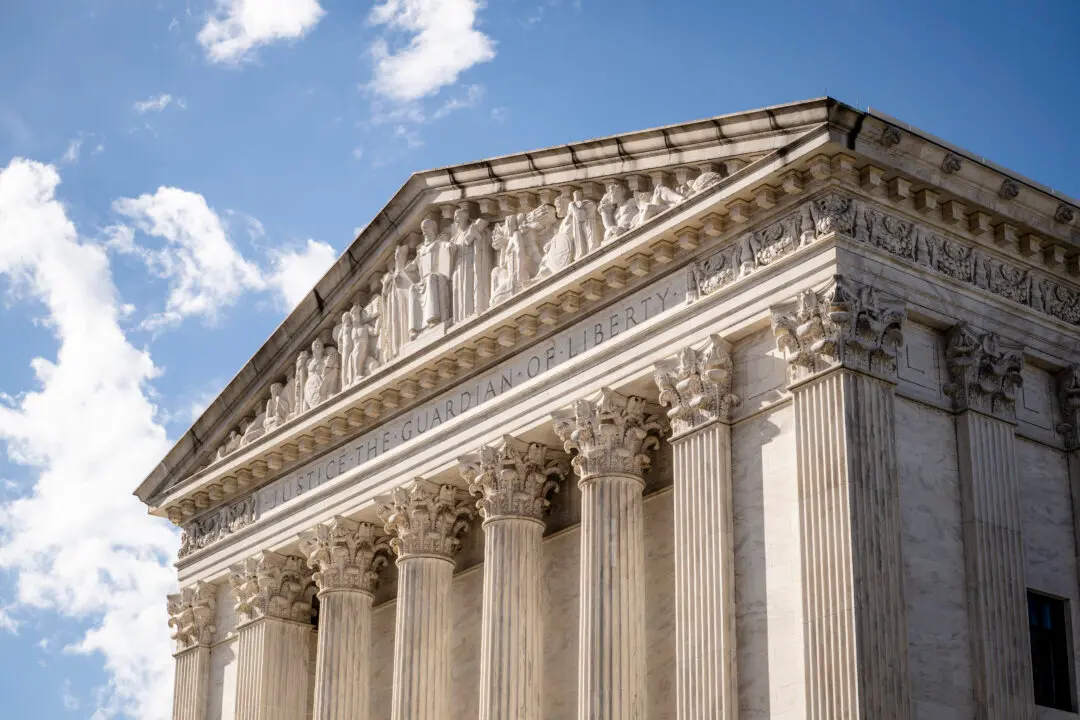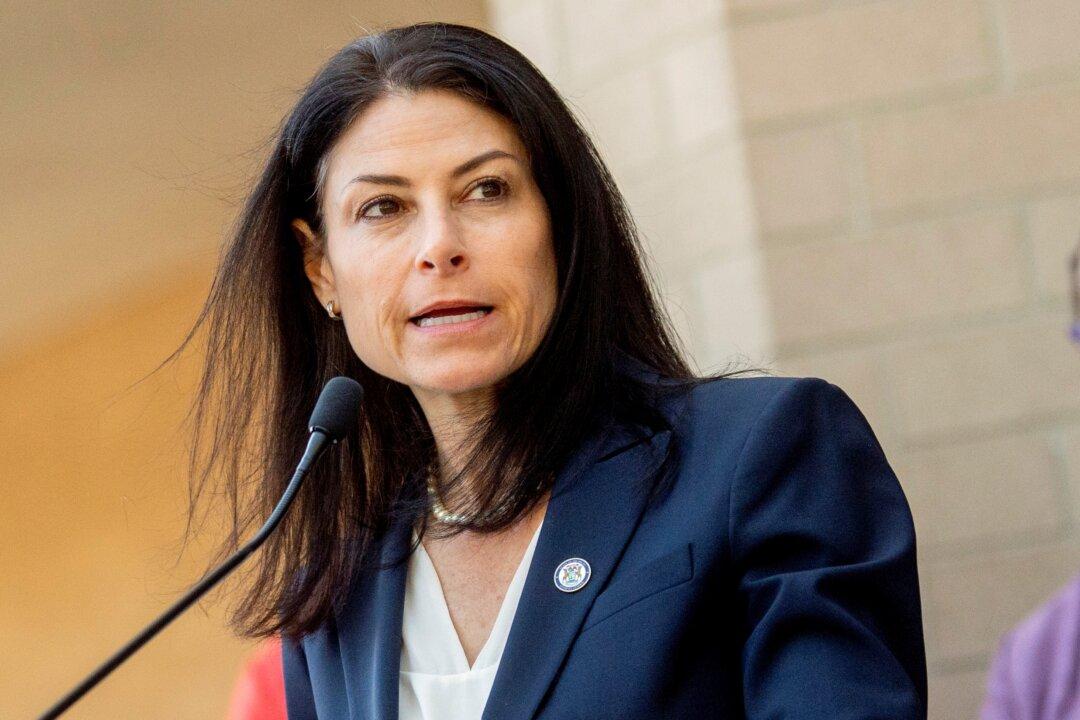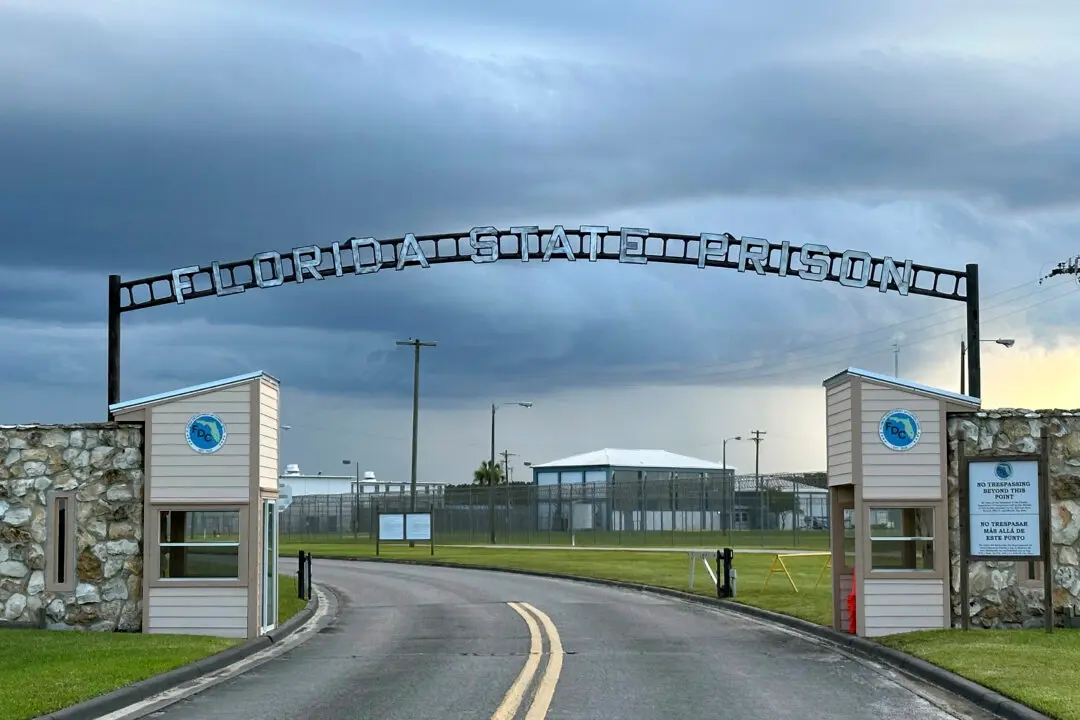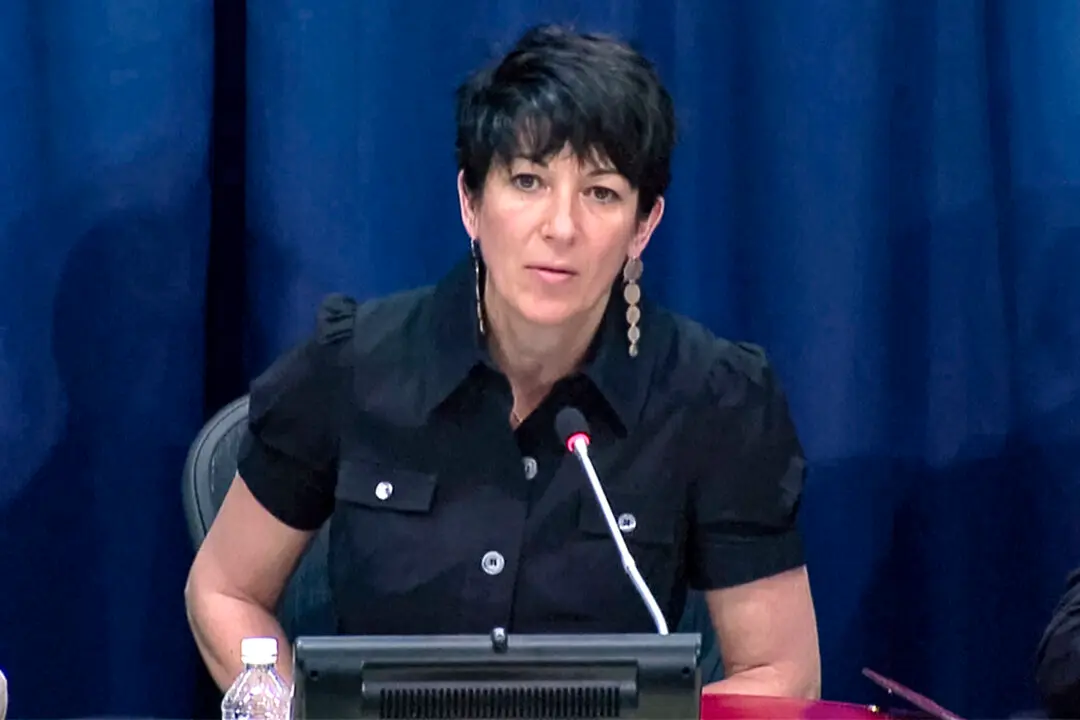President Donald Trump has enjoyed great success in placing his nominees on the federal bench in 2019, although the year seems more likely to be remembered as a time of strong judicial resistance to the president’s agenda, particularly with respect to immigration policy.
In a speech on Nov. 15, U.S. Attorney General William Barr summed up the Trump administration’s aggravation when he passionately inveighed against the left-wing anti-Trump “resistance” movement that is “using every tool and maneuver to sabotage” the Trump administration, while systematically “shredding” norms and undermining the rule of law.
